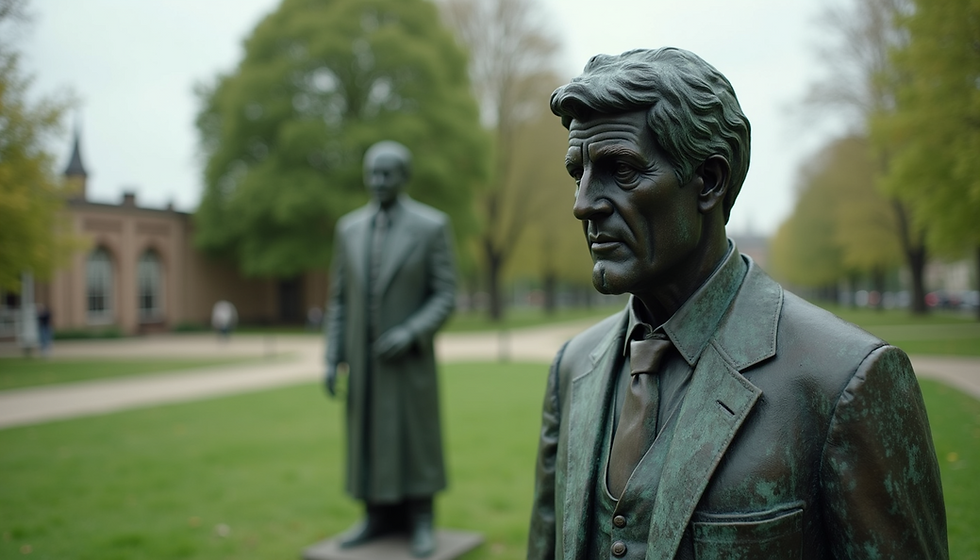Selecting the Perfect Interior Sculpture
- Teresa Wells

- Sep 22
- 2 min read

Choosing the right sculpture changes a space. Shapes, materials, and scale matter. Function meets form. I focus on what fits the environment and purpose. Sculptures must complement architecture and landscape. They must speak without words.
Understanding Decorative Art Pieces
Decorative art pieces add character. They bring texture and depth. Materials vary: bronze, stone, glass, wood. Each has a story. Bronze offers durability and timelessness. Stone feels solid and natural. Glass plays with light. Wood adds warmth.
Consider the setting. Indoor or outdoor. Public or private. Scale is key. Large sculptures dominate. Small ones accentuate. Placement affects impact. Near entrances, in lobbies, or gardens. Lighting enhances details.
Choose materials that age well.
Match style to surroundings.
Think about maintenance.
Plan for lighting and visibility.
Matching Sculptures to Decorative Art Pieces
Match style to existing decor. Modern spaces suit abstract or minimalist forms. Traditional interiors favor figurative or classical styles. Balance is essential. Avoid clutter. One statement piece often works best.
Color influences mood. Dark metals add gravity. Polished surfaces reflect light. Patinas create texture. Consider the viewer’s path. Sculptures should invite interaction or contemplation.
Use contrast to highlight.
Avoid overwhelming the space.
Consider sightlines and angles.
Think about tactile qualities.
What is the most expensive invisible sculpture?
Invisible sculptures challenge perception. They rely on concept over form. The most expensive invisible sculpture sold for millions. It was a conceptual piece by a renowned artist. The value lies in idea and rarity. It questions what art means.
Invisible sculptures suit avant-garde collections. They provoke thought. They require explanation. Not every space or client fits this style. But they push boundaries.
Understand the concept fully.
Prepare for mixed reactions.
Use in spaces open to dialogue.
Combine with visible art for balance.
Practical Tips for Selecting Sculptures
Start with space analysis. Measure dimensions. Note lighting conditions. Identify focal points. Define budget early. Commission bespoke works for uniqueness. Teresa Wells MRSS offers tailored bronze figurative sculptures. They fit private and public projects.
Consider installation logistics. Weight, base, and anchoring matter. Think about durability and weather resistance. Bronze suits outdoor use. Indoor pieces may use lighter materials.
Request sketches or models.
Visit artist studios if possible.
Review past commissions.
Plan for long-term care.
Final Thoughts on Choosing Sculptures
Sculptures transform spaces. They add meaning and presence. Selection requires thought and precision. Focus on harmony with environment. Prioritize quality and craftsmanship. Choose pieces that endure and inspire.
For bespoke options, explore interior sculpture. Custom works ensure perfect fit and vision. Sculptures become landmarks. They tell stories. They elevate spaces.
Make choices that last. Invest in art that resonates. Sculptures are more than objects. They are experiences.





Comments